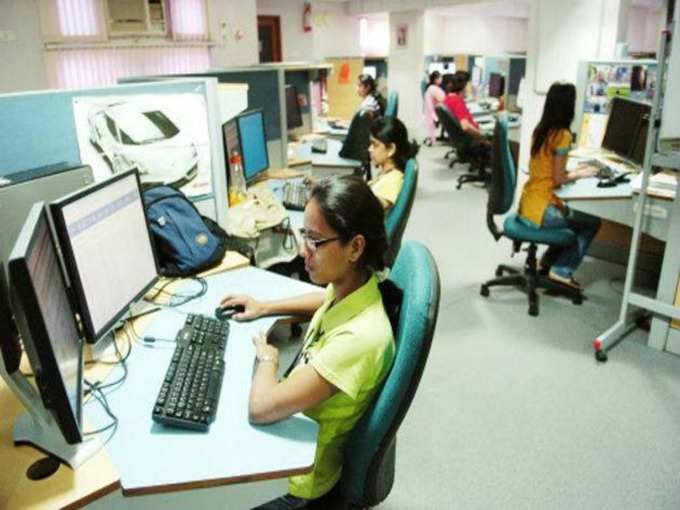 Believe it or not but gender discrimination is still prevalent at workplaces. As per a survey by staffing services firm TeamLease,
Believe it or not but gender discrimination is still prevalent at workplaces. As per a survey by staffing services firm TeamLease, The survey stated that the under-representation of women in workforce is due to stereotypical choice of higher education.
Over 61 per cent of women choose non-professional courses, reducing their chance to get gainful employment opportunities.
"Women are severely under-represented in most well-paying sectors and, at the same time, they are disproportionately well-represented in subsistence-income occupations such as care and agriculture," the survey found out.
From a sectoral perspective, women participation leaves a lot to be desired, though BFSI and software are better-off with 6 per cent and 5 per cent representation at senior management roles, respectively.
Manufacturing, and engineering and auto in particular put up a dismal show.
"Globally, employers are taking quick strides towards diversifying their workforce. We are confident these initiatives will seep into India also where diversity initiatives could potentially have the biggest impact as recent studies suggest (a link) to the economic performance of a country," TeamLease Services Senior Vice-President Rituparna Chakraborty said.
India is estimated to add 16-60 per cent to its national income if women join the labour force in a proportionate measure.
The report also punctures the myth surrounding urban
While only 20 per cent of women from urban areas entered the workforce, women constituted 30 per cent of workers in rural areas, the report said, adding "most urban, educated, women willy-nilly desist from joining the labour force because of patriarchal taboos".
The report said while organisations perceived initiatives like flexi time, leadership training, sexual harassment policies etc to be a game changer, a majority of women employees felt these policies required greater boost.
